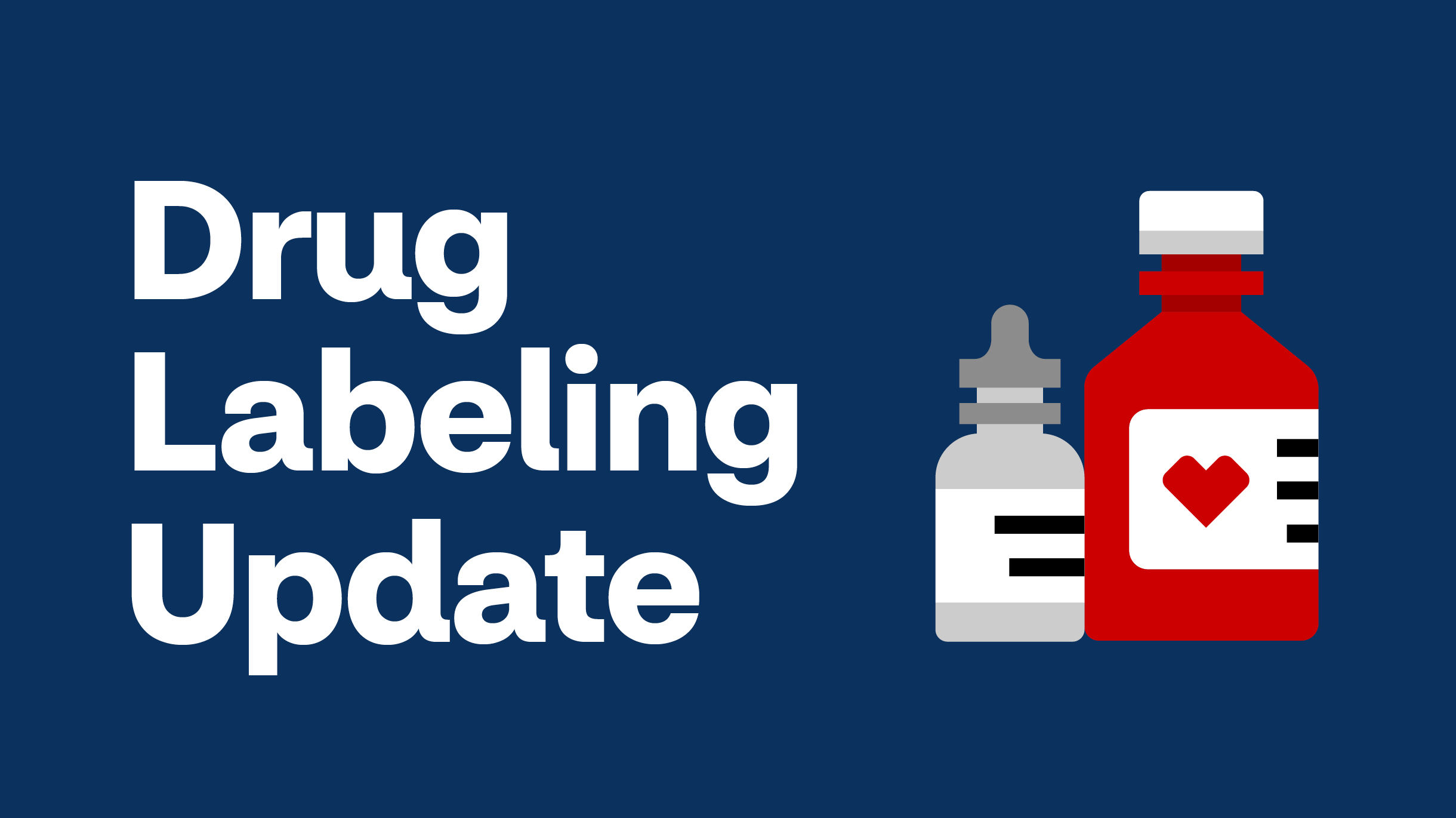
BLINCYTO (BLINATUMOMAB) The Warnings and Precautions section of the Approved Drug Label was updated to include additional study data regarding Cytokine Release Syndrome. The subsection Neurological Toxicities, including Immune Effector Cell-Associated Neurotoxicity Syndrome was updated to state that patients with Down Syndrome over the age of 10 years may have a higher risk of seizures with Blincyto therapy. The Pediatric Use subsection was updated stating that the safety and efficacy of Blincyto have been established in pediatric patients one month and older with relapsed or refractory B-cell precursor ALL and in pediatric patients one month and older for the treatment of Philadelphia-chromosome negative B-cell precursor ALL in the consolidation phase. Clinical Trials Experience was updated extensively including additional data breakout for Geriatric Use.
DOBUTAMINE HYDROCHLORIDE IN DEXTROSE 5% IN PLASTIC CONTAINER The Adverse Reactions section of the Approved Drug Label was updated stating that stress cardiomyopathy has been reported with dobutamine in association with cardiac stress testing.
OCREVUS (OCRELIZUMAB) The Medication Guide was updated instructing patients to tell their healthcare provider if they become pregnant while receiving Ocrevus.
CEFAZOLIN IN PLASTIC CONTAINER The Approved Drug Label was updated throughout to specify the dosage form of Cefazolin in Dextrose. The Adverse Reactions section was updated to include hypersensitivity reactions to Cefazolin, Cephalosporins, Penicillins, or Other Beta-lactams.
SOLU-CORTEF (HYDROCORTISONE SODIUM SUCCINATE)
DEPO-MEDROL (METHYLPREDNISOLONE ACETATE)
SOLU-MEDROL (METHYLPREDNISOLONE SODIUM SUCCINATE)
KENALOG (TRIAMCINOLONE ACETONIDE)
The Warnings and Precautions sections of the Approved Drug Labels were updated to state that there have been cases reported in which concomitant use of amphotericin B and hydrocortisone was followed by cardiac enlargement and congestive heart failure (see PRECAUTIONS: Drug Interactions: Amphotericin B injection and potassium-depleting agents). A new section was added for Immunosuppression and Increased Risk of Infection stating corticosteroids suppress the immune system and increase the risk of infection. Additional details were listed regarding potential effects of corticosteroid use in various conditions and disease states.
SULFAMETHOXAZOLE AND TRIMETHOPRIM The Warnings and Precautions section of the Approved Drug Label was updated to detail Hypersensitivity Reactions of the Respiratory Tract, Respiratory Failure, Circulatory Shock, Thrombocytopenia, Streptococcal Infections and Rheumatic Fever, Clostridium Difficile Associated Diarrhea, and Management of Hypersensitivity and Other Serious Reactions.
VYVGART HYTRULO (EFGARTIGIMOD ALFA AND HYALURONIDASE-QVFC) The Clinical Trials Experience section of the Approved Drug Label was broken out to detail results in patients with gMG and CIPD. The CIPD subsection further details clinical trial result of injection site reactions occurring in 15% of patients treated with Vyvgart Hytrulo. The most common of these injection site reactions were injection site bruising and injection site erythema. All injection site reactions were mild to moderate in severity.
KEVZARA (SARILUMAB) The Warnings and Precautions section of the Approved Drug Label was updated to state prior to initiating treatment, it is recommended that all patients be brought up to date with all immunizations in agreement with current immunization guidelines. The Clinical Trials Experience section was updated to provide data and results when used in patients with Polyarticular Juvenile Idiopathic Arthritis (pJIA). The Pediatric Use section was updated to detail the approved use in pediatric patients with pJIA who weigh 63 kg or greater and are 2 years of age and older. The medication is not approved in pediatric patients weighing less than 63 kg because of the lack of an appropriate dosage form and the safety and effectiveness of Kevzara have not been established in pediatric patients with pJIA below the age of 2 years.
Reference: Drug Safety-related Labeling Changes (SrLC) (fda.gov)
This article contains references to brand-name prescription drugs that are trademarks or registered trademarks of pharmaceutical manufacturers not affiliated with Coram.
